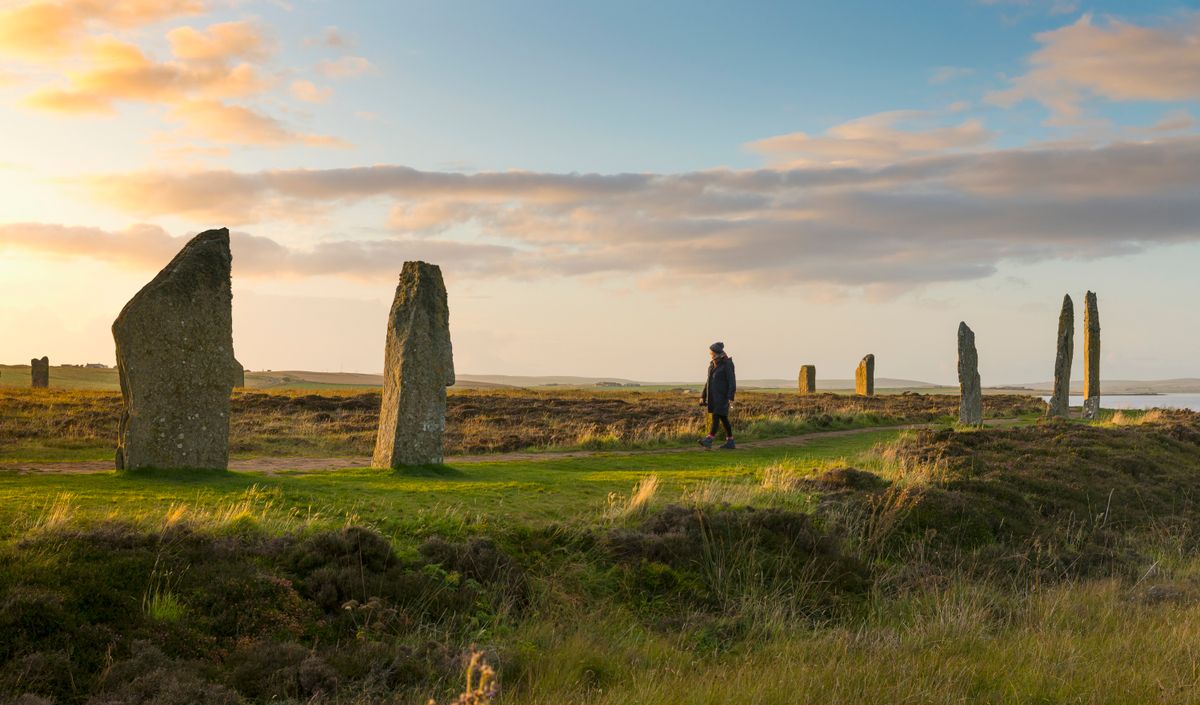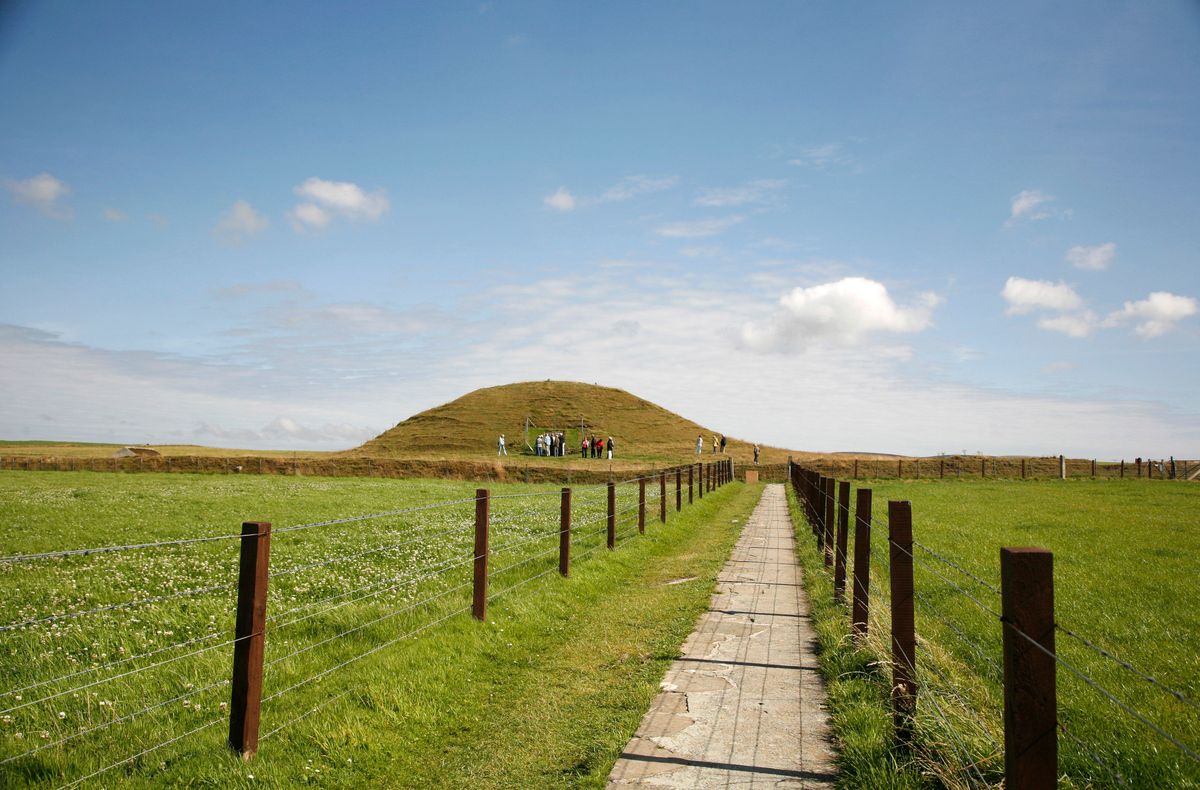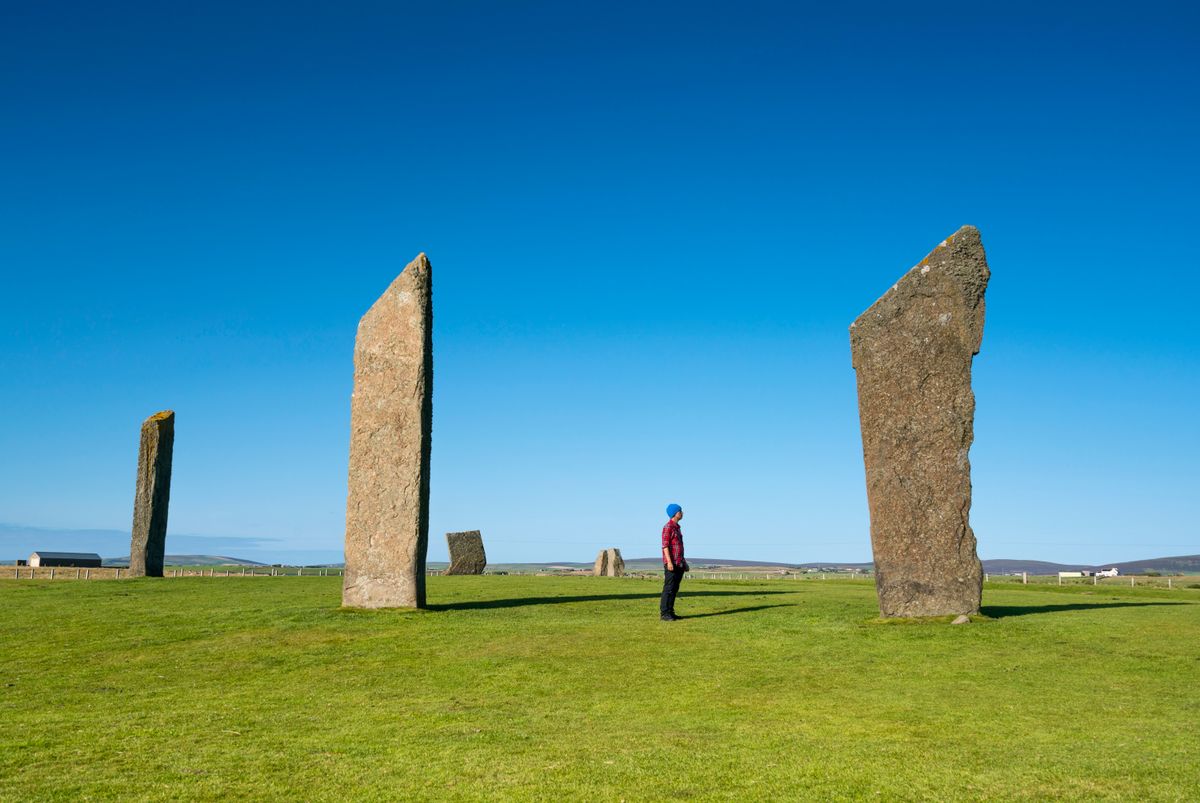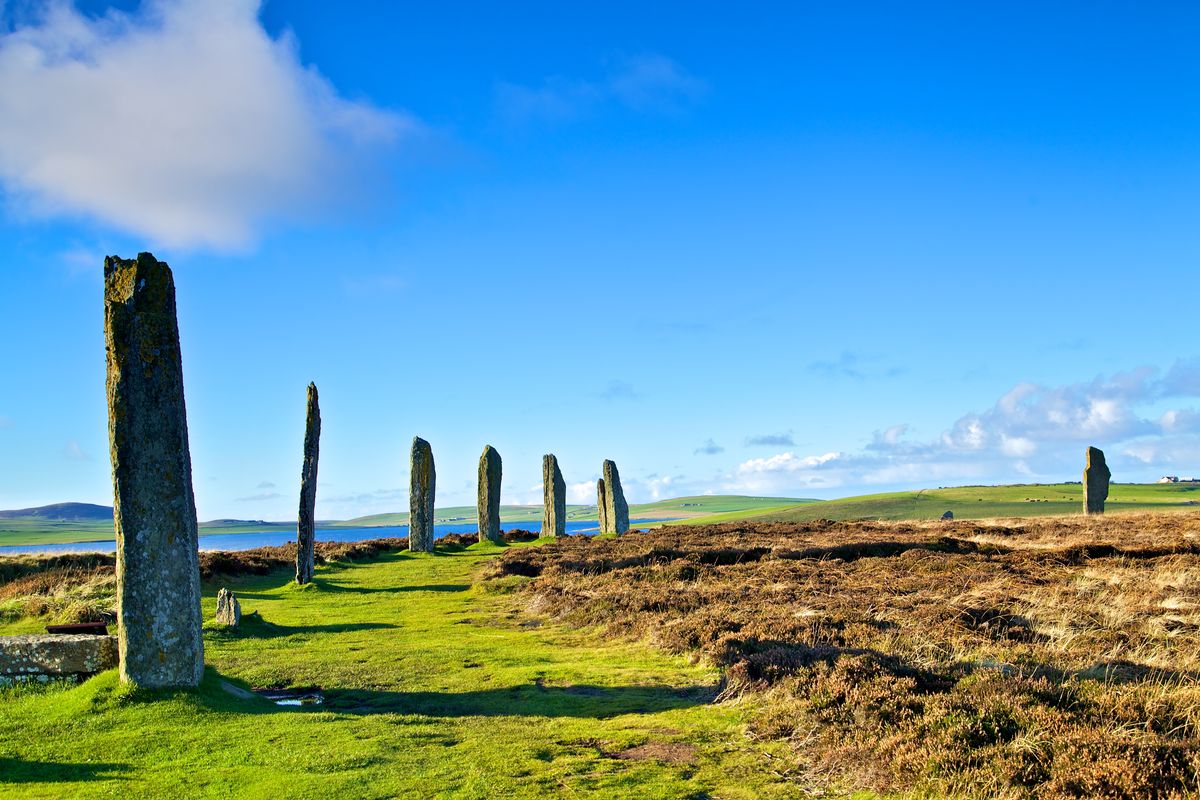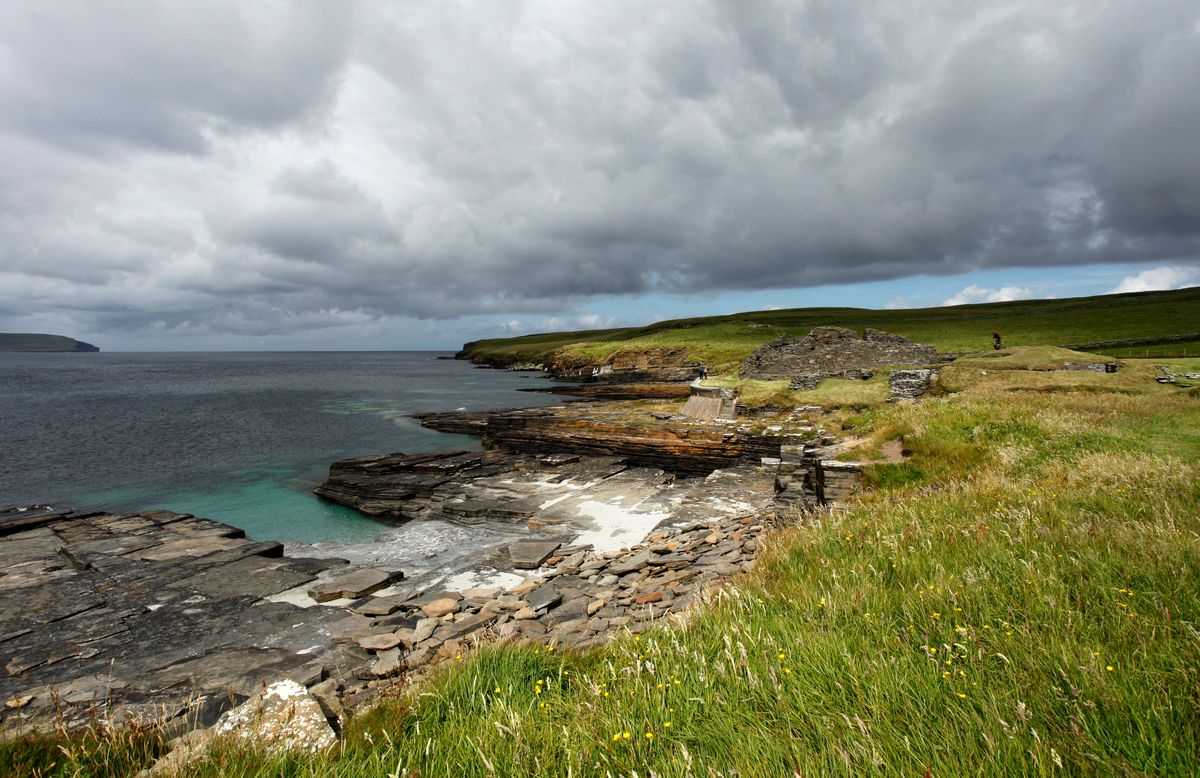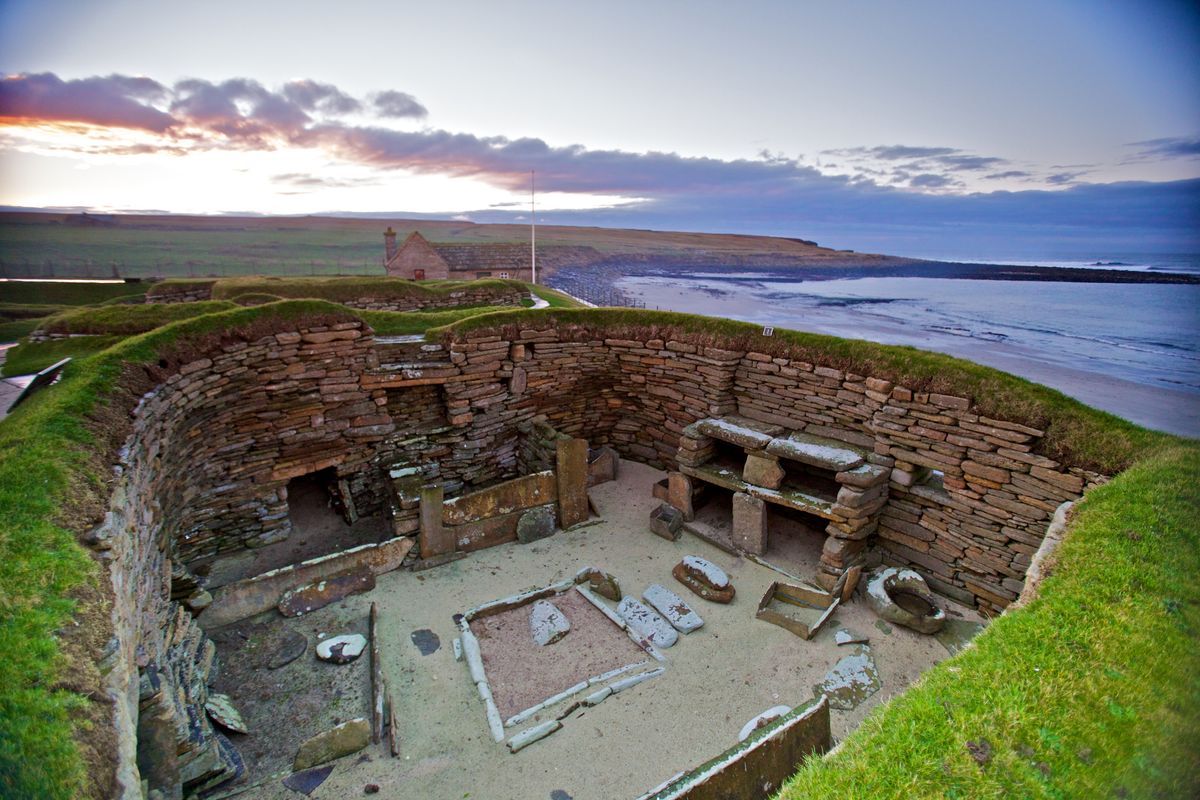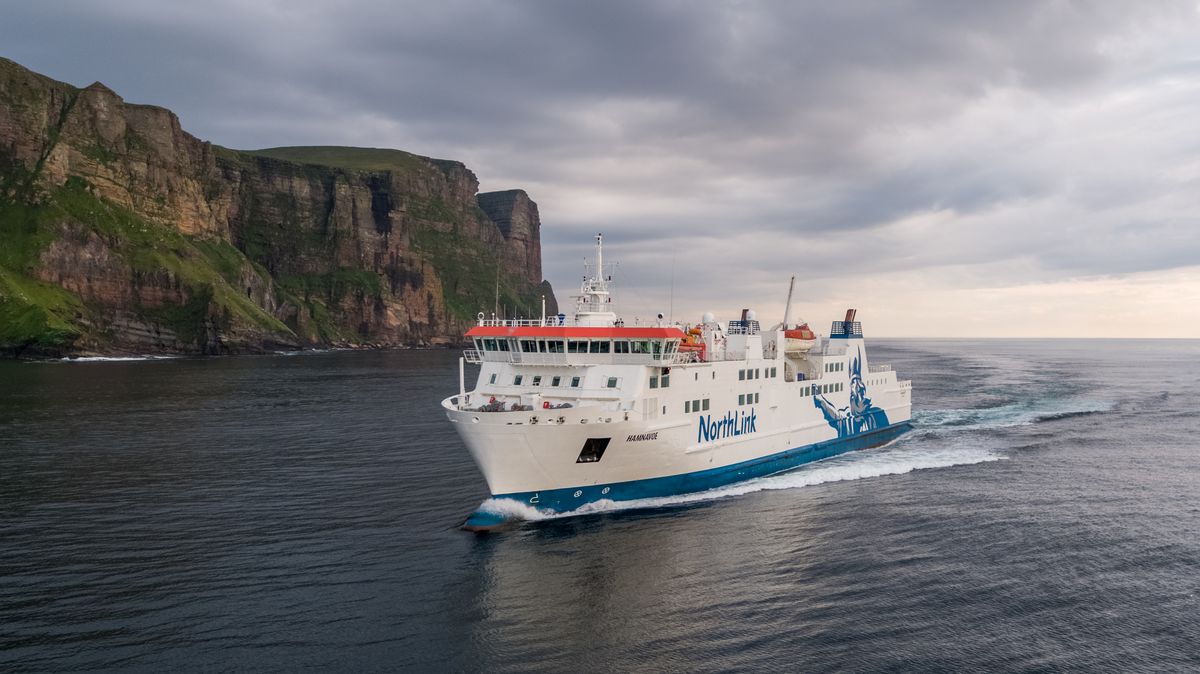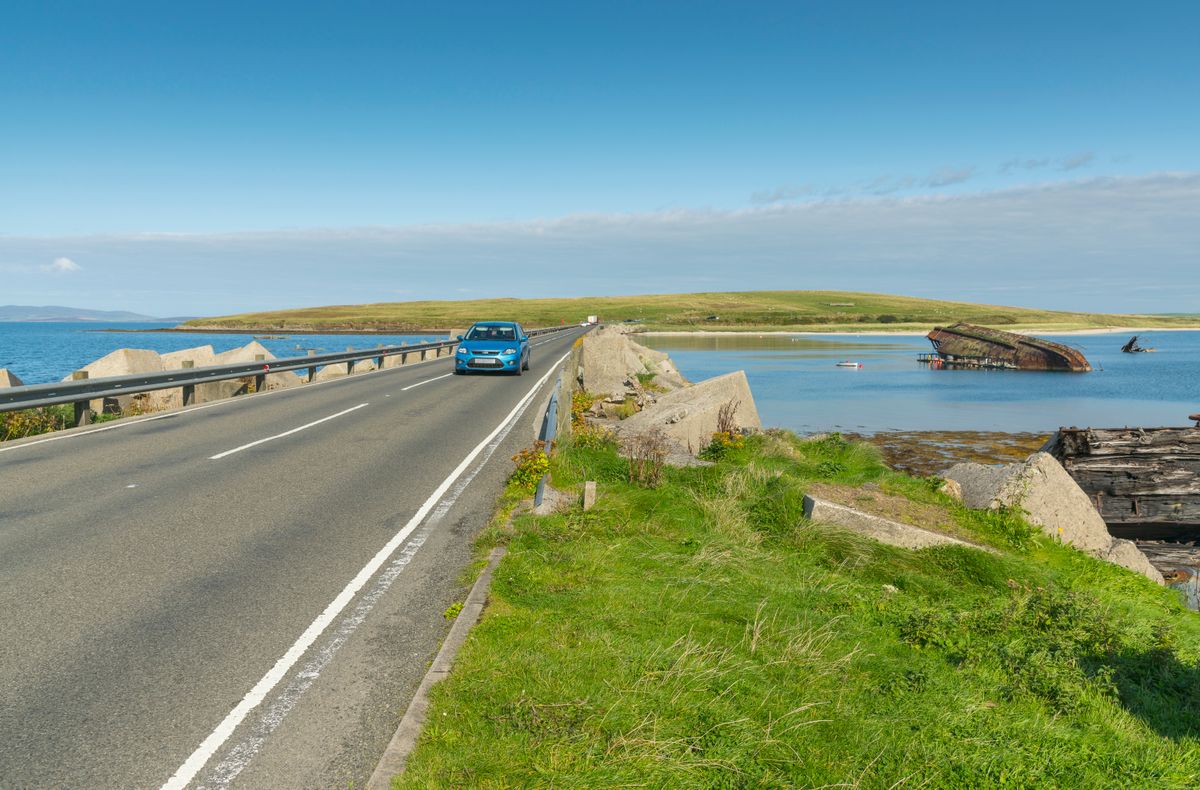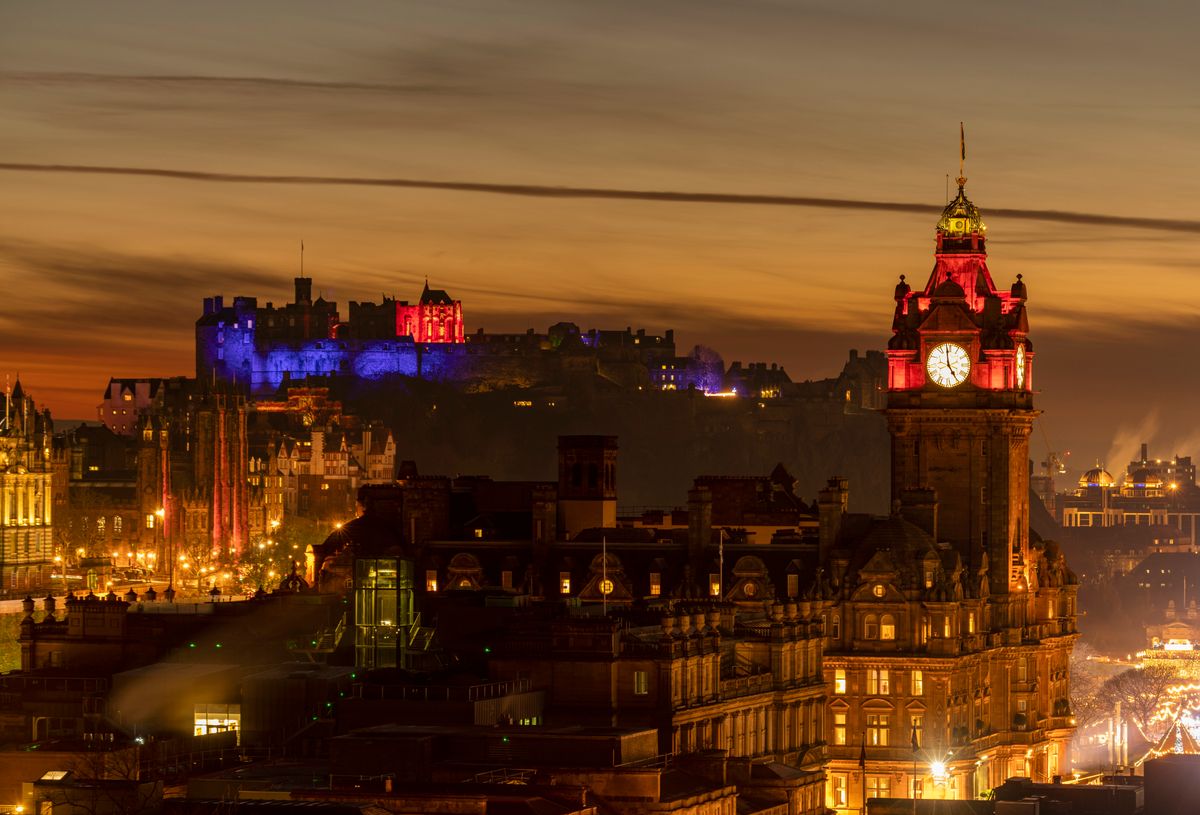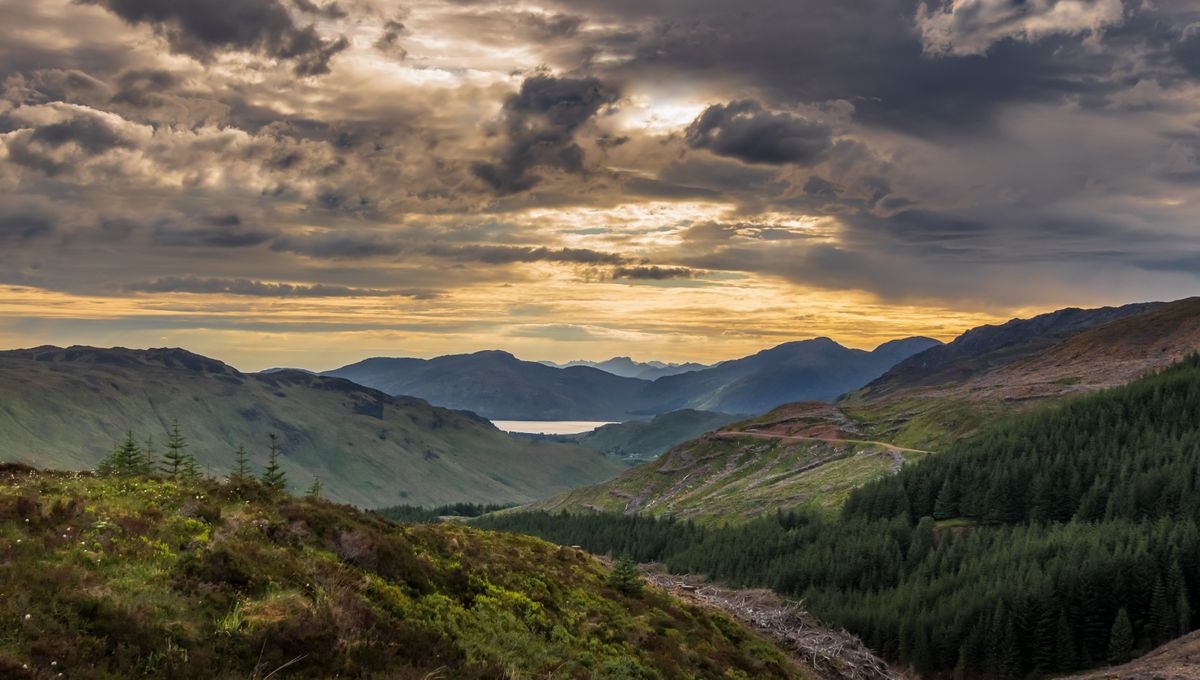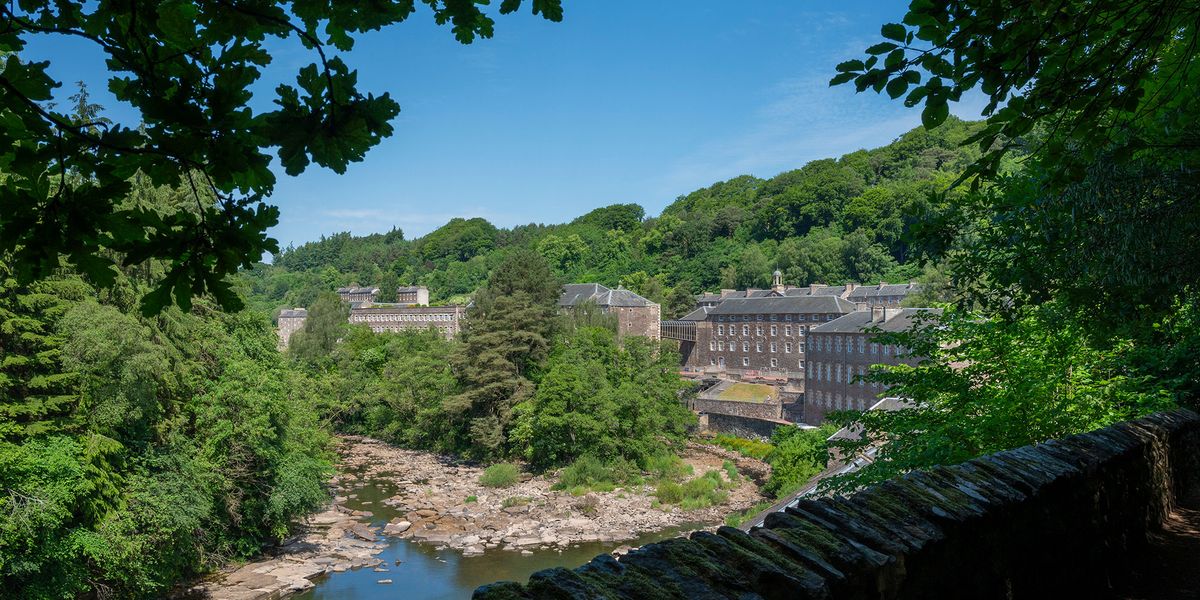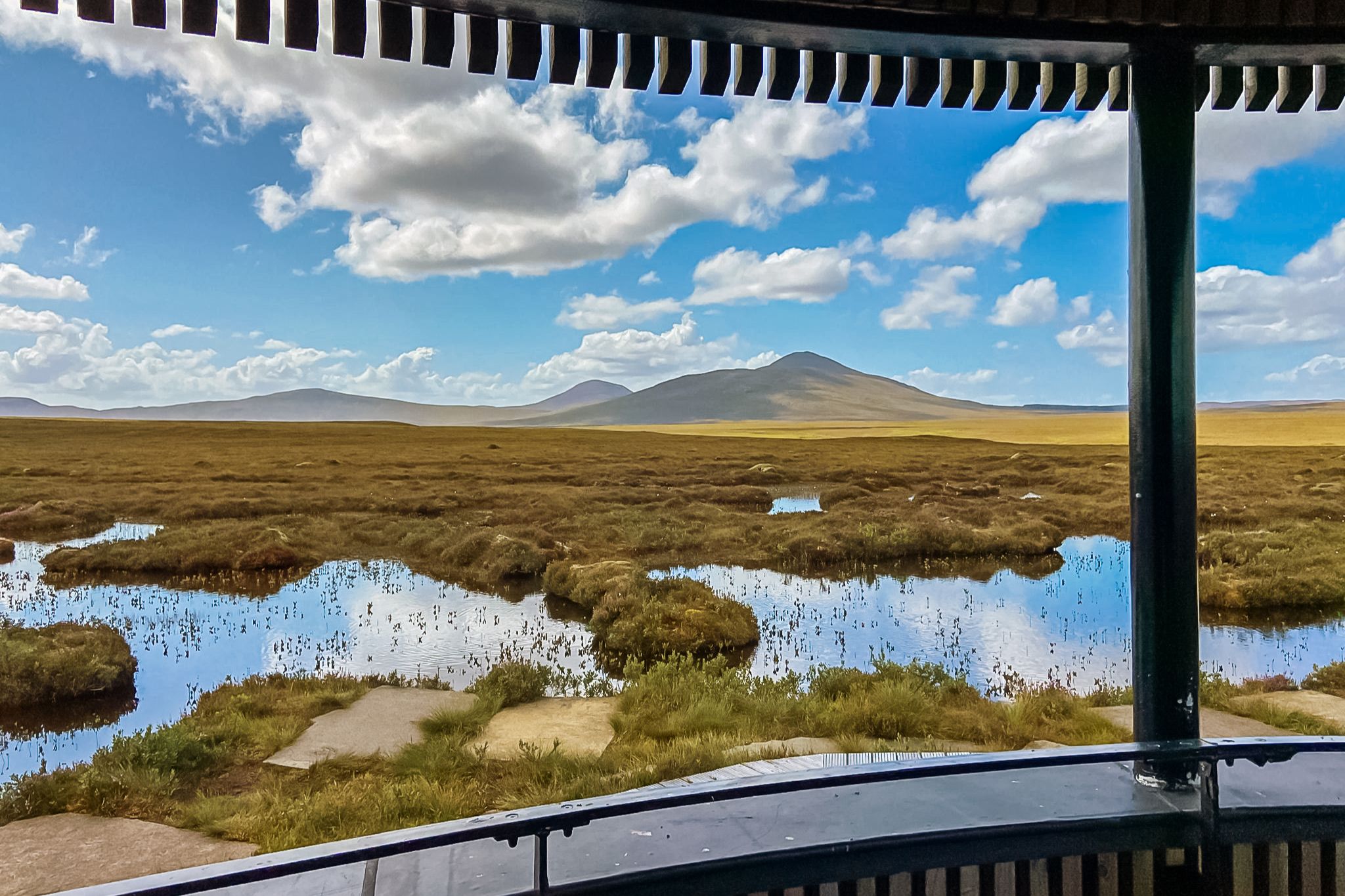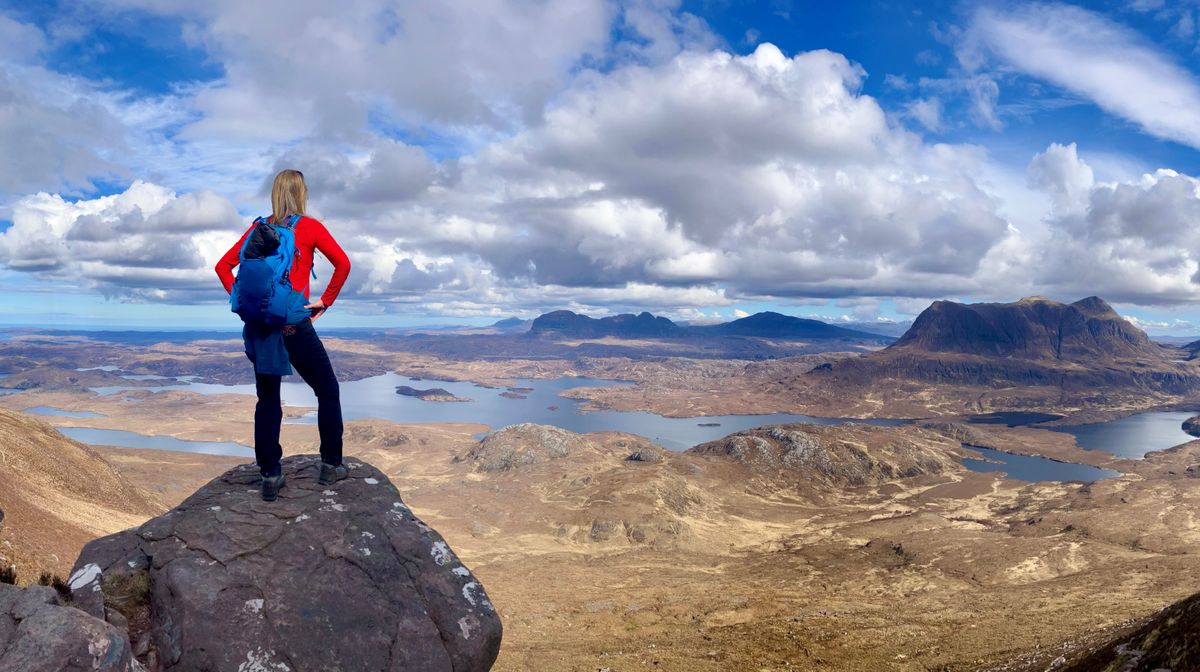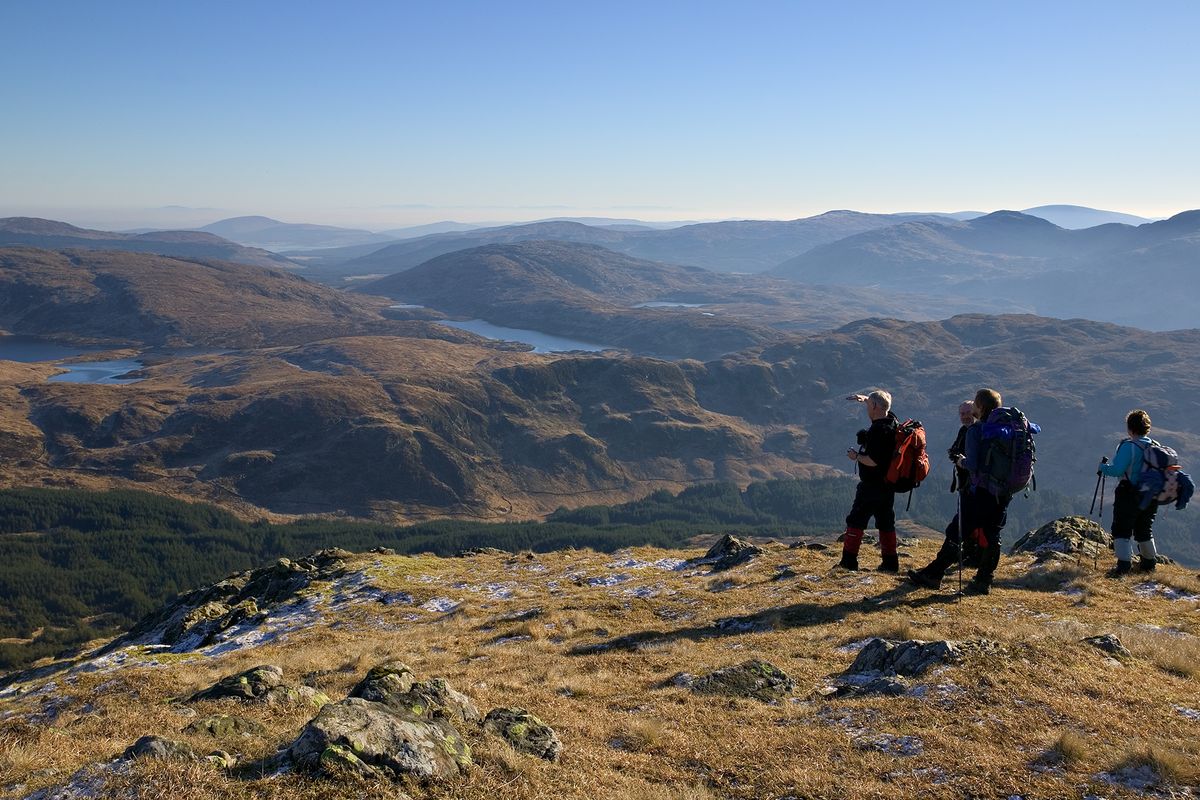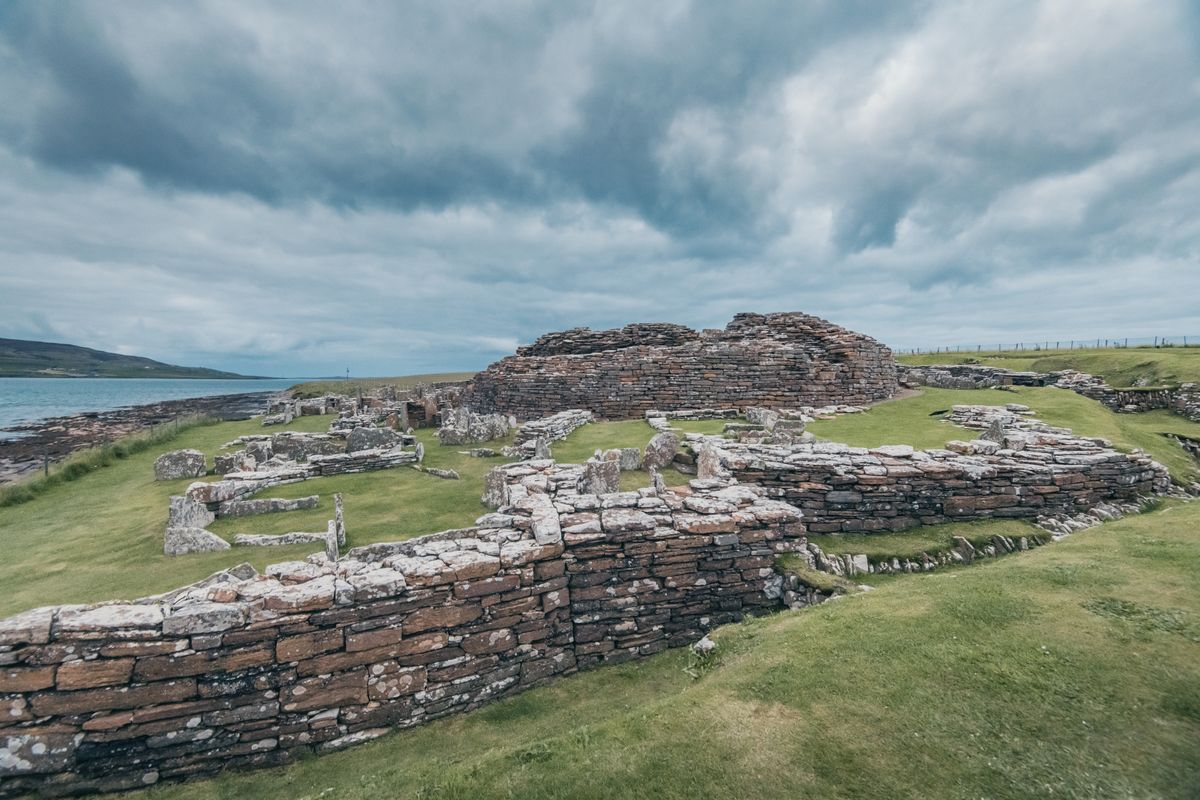
De Broch of Gurness, Orkney
Het Hart van Neolitisch Orkney kreeg Werelderfgoedstatus in 1999 dankzij de buitengewone architectuur uit een centraal punt in de menselijke geschiedenis, namelijk de tijd waarin de eerste grote ceremoniële monumenten gebouwd werden.
Je kunt het belang van deze vier locaties vooral begrijpen wanneer je het met eigen ogen ziet. Wanneer je het Hart van Neolitisch Orkney bezoekt, dan krijg je een idee van de locatie, omdat je zelf kunt ervaren hoe deze plekken het oude landschap bepalen. Je kunt ook de tijd nemen, en zien welk effect het wisselende licht en weer op de monumenten heeft, en hoe het moet zijn geweest om ze duizenden jaren geleden dagelijks te gebruiken.
